Dauphin Island Race: A Review of the Deadly Storm
Published on June 8th, 2015
When the 57th annual Dauphin Island Race was held April 25, 2015 on Mobile Bay, Alabama, a storm cut through the course with deadly results. Mark Thornton, president of LakeErieWX, provides a “sailor-oriented” meteorological analysis of the event and the dynamics that promote thunderstorm downbursts…
The popular Dauphin Island Race offers a one-way, 18-mile course beginning in the upper Bay and ending near the Dauphin Island Bridge in the Bay’s southwestern corner. The Bay has an average depth of 10 feet, a surface area of approximately 413 miles and is protected from the Gulf of Mexico by a series of barrier islands.
Three of Bay’s yacht clubs — Buccaneer Yacht Club, Fairhope Yacht Club, and the Mobile Yacht Club – host the race on a rotating basis. The Fairhope Yacht Club coordinated the 2015 race, and approximately 125 boats and 475 people registered for the event.
By early afternoon, darkening skies to the west made it clear to the competitors that thunderstorms were approaching Mobile Bay. A little after 3:00 pm, sailors on many of the 125 boats were struggling against hurricane-force winds and accompanying steep waves produced by a family of severe thunderstorms racing across the Bay.
Eight boats sank during the storm, forty people required rescue from the water, and tragically, six lives were lost. A 16-minute video posted on YouTube (click here) provides a chilling look at the conditions during the passage of the thunderstorms.
Thunderstorms are a common risk associated with regattas, particularly during spring and summer. The most significant thunderstorm risk to sailors is the storm’s downdraft, a storm-scale flow of air descending towards the ground from a few thousand feet above the surface.
Particularly strong downdrafts are referred to as downbursts, and are further sub-categorized based on the size of the affected area and the duration of the peak wind. Microbursts affect the smallest area (less than 2.5 miles in length) and have peak winds lasting less than five minutes. On a broader scale, macrobursts impact an area greater than 2.5 miles in length and contain peak winds that persist for as long as twenty minutes.
Continue reading… click here


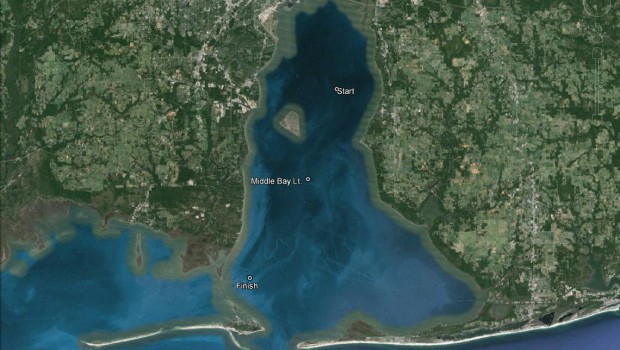


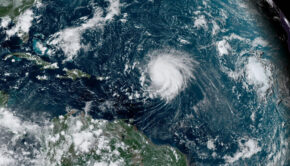
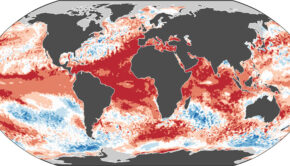
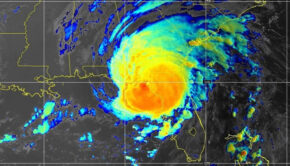
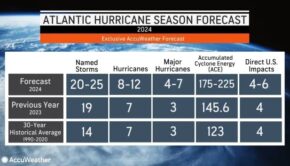
 We’ll keep your information safe.
We’ll keep your information safe.